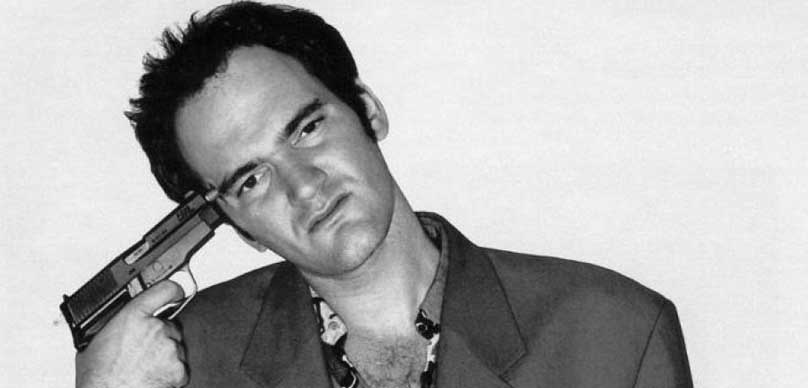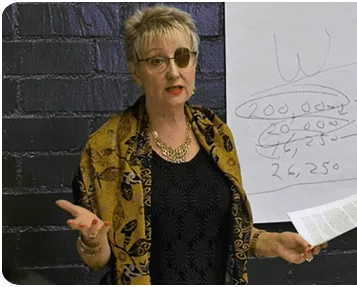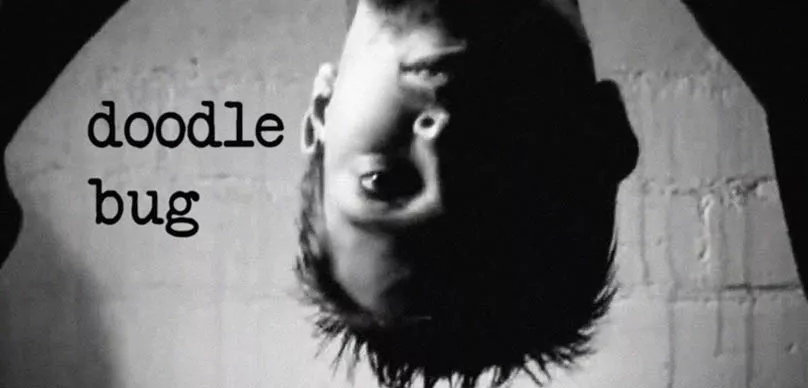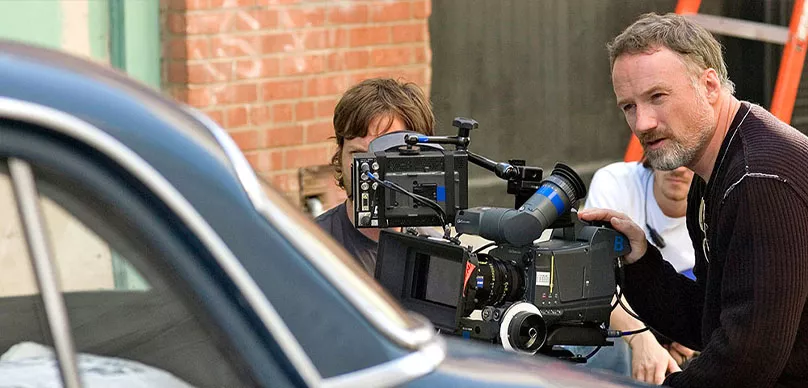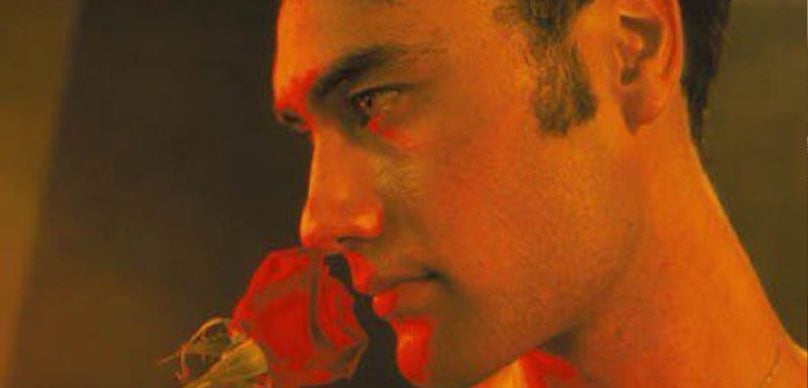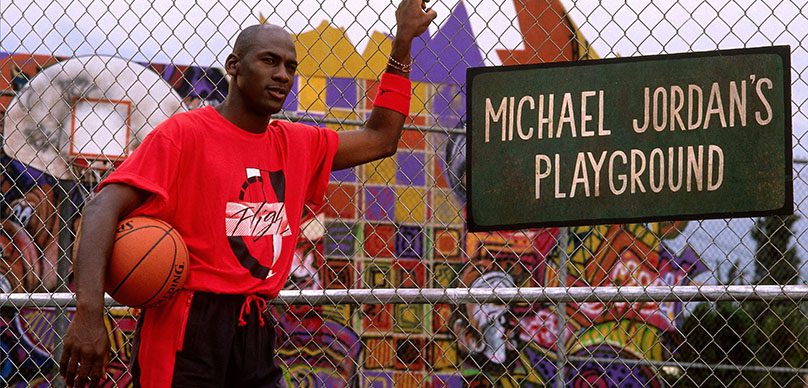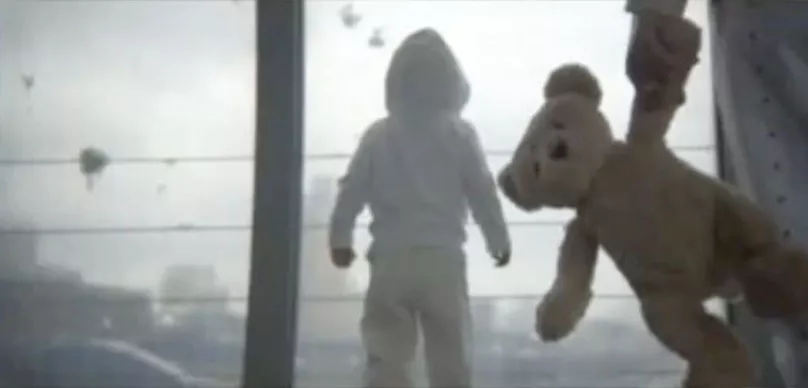Few directors are as high profile and equally controversial than Quentin Tarantino. The man is a lightning rod for criticism and praise. Make no mistake, there is no middle ground here—you either love his work or are physically repulsed by it. However, one objective fact remains: he is syllabus-grade essential when it comes to the wider discussion of cinema during its centennial. His impact on film has left a crater too big to ignore.
Having broken out into the mainstream during the heady days of indie film in the 1990’s, Tarantino has influenced an obscene number of aspiring filmmakers my age. 80% of student films I saw in school were shameless rip-offs of Tarantino’s style and work. I was even guilty of it myself, in some of my earlier college projects. Something about Tarantino– whether it’s his subject matter, style, or his own character– is luridly attractive. His energy is infectious, as is his unadulterated enthusiasm for films both good and bad. Despite going on to international fame and fortune, Tarantino is a man who never forgot his influences, to the point where the cinematic technique of “homage” is his calling card.
Why is this admittedly eccentric man so admired in prestigious film circles and high school film clubs alike? Objectively speaking, his pictures are pure pulp. Fetishizations of violence, drug-use, and sex. By some accounts even, trash. If you were to ask me, it’s none of those things that make him a role model. Tarantino represents filmmaking’s most fundamental ideal: the notion that anyone, regardless of who they are or where they come from, can make it in movies if they try hard enough. Any producer’s son can nepotism his way into the director’s chair, but for the scrawny teenager in Wyoming with a video camera in her hand and stars in her eyes, Tarantino is proof-positive that she could do it too.
Born in 1963 to separated parents in Knoxville, Tennessee, Tarantino grew up without privilege or the conventional nuclear sense of family. He was raised mostly by his mother, who moved him out near Long Beach, California when he was a toddler. He dropped out of high school before he was old enough to drive, choosing instead to pursue a career in acting. To support himself, he famously got a job as a clerk at the now-defunct Video Archives in Manhattan Beach, where he gained an extensive film education by watching as many movies as he could get his hands on, and cultivating an eclectic list of recommendations for his customers. He found himself enraptured by the fresh, dynamic styles of directors like Martin Scorsese, Sergio Leone, Brian DePalma, and Mario Bava, and he studied their films obsessively to see what made them tick.
This is noteworthy, because most directors traditionally gain their education via film school or working on professional shoots. Tarantino is the first mainstream instance of a director who learned his craft by simply studying films themselves. Before the dawn of the digital era, aspiring filmmakers had to have a lot of money to practice their trade—something Tarantino simply didn’t have as a menial retail employee. What he did have, however, was time, and he used it well by gaining an encyclopedic knowledge of the medium and making a few crucial connections.
When he was twenty four, Tarantino met his future producing partner, Lawrence Bender, at a party. Bender encouraged him to write a screenplay, which would become the basis for Tarantino’s first film: MY BEST FRIEND’S BIRTHDAY (1987). While the film didn’t exactly prove to be a stepping stone to a directing career, and still remains officially unreleased, it served as a crucial crash course for the budding director.
MY BEST FRIEND’S BIRTHDAY was intended to be a feature length film, but an unfortunate lab fire destroyed the final reel during editing. The only surviving elements run for roughly thirty minutes, and tell a slapdash story that only emphasizes the amateurish nature of the project. Set during a wild California night, MY BEST FRIEND’S BIRTHDAY concerns Mickey Burnett (co-writer and co-producer Craig Hammann), whose birthday is the day of the story. His best friend, Clarence Pool (Tarantino himself), takes charge of the planning by buying the cake and hiring a call girl named Misty (Crystal Shaw) to… entertain his friend. Along the way, things go seriously awry and Clarence must scramble to save the evening.
At least, that’s what I took away from the story. It’s hard to know for sure when you’re missing more than half of the narrative. My first impression of the film is that it reads like a terrible student project, which is more or less what it is. It was filmed over the course of three years (1984-1987), all while Tarantino worked at Video Archives. The characters are thinly drawn, performances are wooden, the technical quality is questionable, and the editing is awkward and jarring. However, Tarantino’s ear for witty dialogue is immediately apparent. It sounds strange coming out of the mouths of untrained actors who don’t know how to channel its intricacies and cadences into music, but it’s there. The myriad pop culture references, the creative use of profanity, and the shout-outs to classic and obscure films are all staples of Tarantino’s dialogue, and it’s all there from the beginning. There is no filter between Tarantino and his characters—it all comes gushing forth like a fountain straight from the auteur himself.
In his twenty years plus of filmmaking experience, Tarantino has been well-documented as a self-indulgent director, oftentimes casting himself in minor roles. It’s telling then, that the very first frame of Tarantino’s very first film prominently features Tarantino himself. Sure, it might be a little narcissistic, but it makes sense when taken into context; his characters are cinematic projections of him, each one signifying one particular corner of his densely packed persona. Why not begin at the source?
His performance as Clarence Pool is vintage Tarantino, with an Elvis-styled bouffant, outlandish clothes, and an overbearing coke-high energy. It’s almost like the cinematic incarnation of Tarantino himself, albeit at his most trashy. He even goes so far as outright stating his foot fetish to Misty in one scene, a character trait we know all to well to be true of Tarantino in real life.
For a director who is noted for his visually dynamic style, the look of MY BEST FRIEND’S BIRTHDAY is incredibly sedate. Of course, the film’s scratchy black and white, 16mm film look is to be expected given the low production budget. For a film where the camera never moves save for one circular dolly shot, an astounding four cinematographers are credited: Roger Avary, Scott Magill, Roberto Quezada, and Rand Vossler. Visually, it’s an unimpressive film that contains none of the man’s stylistic flourishes, but Tarantino’s rapid-fire wit more than adequately covers for the lack of panache. A distinct rockabilly aesthetic is employed throughout, from the costumes to the locations. It even applies to the music, which features various well-known surf rock, bar rock, and Johnny Cash cues.
Much has been made of Tarantino’s inspired music selections, and his eclectic choices have served as a calling card for his unique, daring style. Music is an indispensable part of Tarantino’s style, from its overt appearances over the soundtrack to certain recurring story elements like the K-Billy radio station (which makes its first appearance here). His signature use of off-kilter, counter-conventional music sees its first incarnation in MY BEST FRIEND’S BIRTHDAY, where he employs a jaunty pop song during a violent fist fight.
Watching MY BEST FRIEND’S BIRTHDAY, it’s clear that Tarantino’s films have always been unabashed manifestations of his personality and his influences. Tarantino’s storylines and characters exist in an alternate reality, where extreme violence and profanity are more commonplace. There are whole fan theories that draw lines between his films and connect them together into a coherent universe. For instance, there’s a moment in the film where Tarantino’s character, Clarence, calls somebody using the fake name Aldo Ray. Attentive listeners will note that a variation of the same name would show up over twenty years later in the incarnation of Brad Pitt’s Lt. Aldo Raine in INGLOURIOUS BASTERDS (2009). Further adding to the theory of Tarantino’s “universe” is the fact that MY BEST FRIEND’S BIRTHDAY would go on to form the initial basis for his screenplay TRUE ROMANCE (which was later directed by the late Tony Scott). There’s even a kung-fu fight in MY BEST FRIEND’S BIRTHDAY, which would become the genesis for his fascination with the martial art form over the course of his filmography.
It’s interesting to watch this film, as it bears every hallmark of the traditional “terrible amateur film”. It has none of the slick polish that Tarantino would be known for, but it makes sense given his inexperience and meager budget. Everybody’s first film is terrible. But Tarantino’s unstoppable personality barrels forth, setting the stage for the firestorm he’d create with his debut feature.
MY BEST FRIEND’S BIRTHDAY didn’t lead to anything substantial, simply because it was never released. It’s a dynamic illustration of auteur theory at work, where the director’s personality shines through regardless of the resources or story. We can literally see Tarantino finding his sea legs, feeling it out as he goes along. The film is basically an artifact, but it’s much more than that: it’s both a humble introduction to a dynamic new voice in film, as well as a (very) rough preview of the radical shift in filmmaking attitudes that would come in the wake of Tarantino’s explosive arrival.

